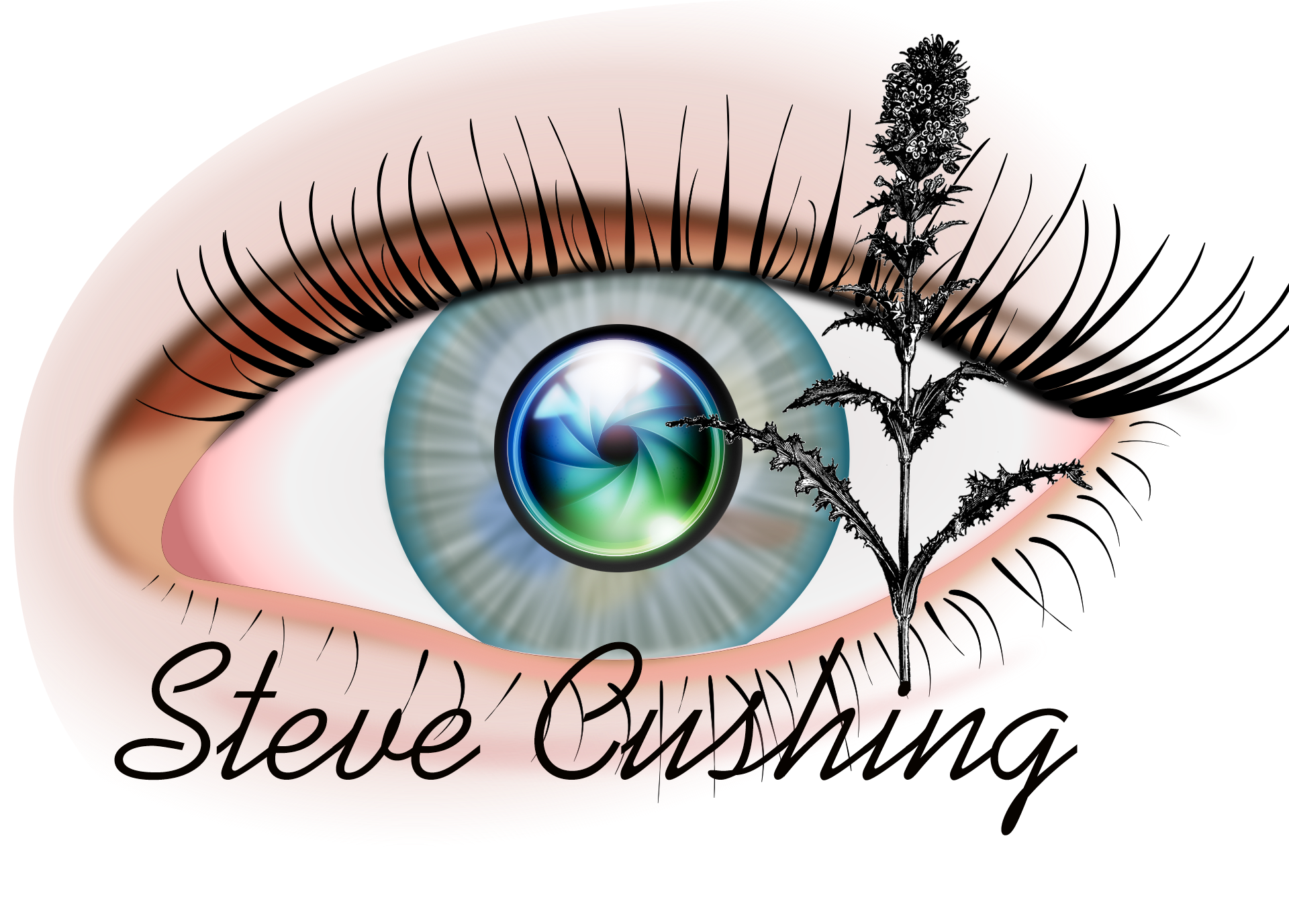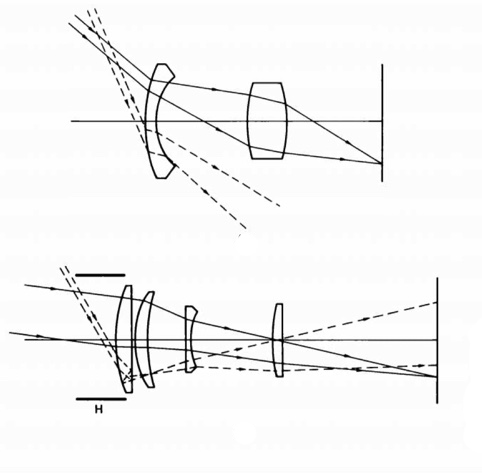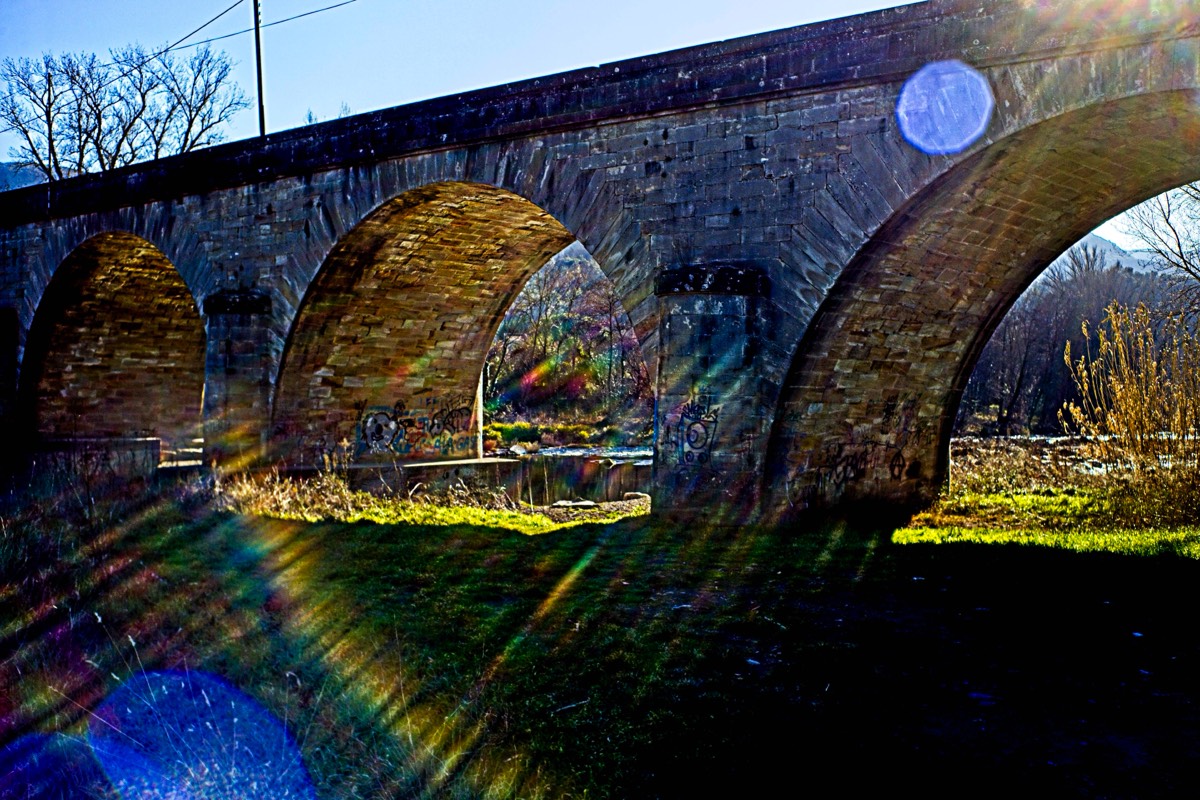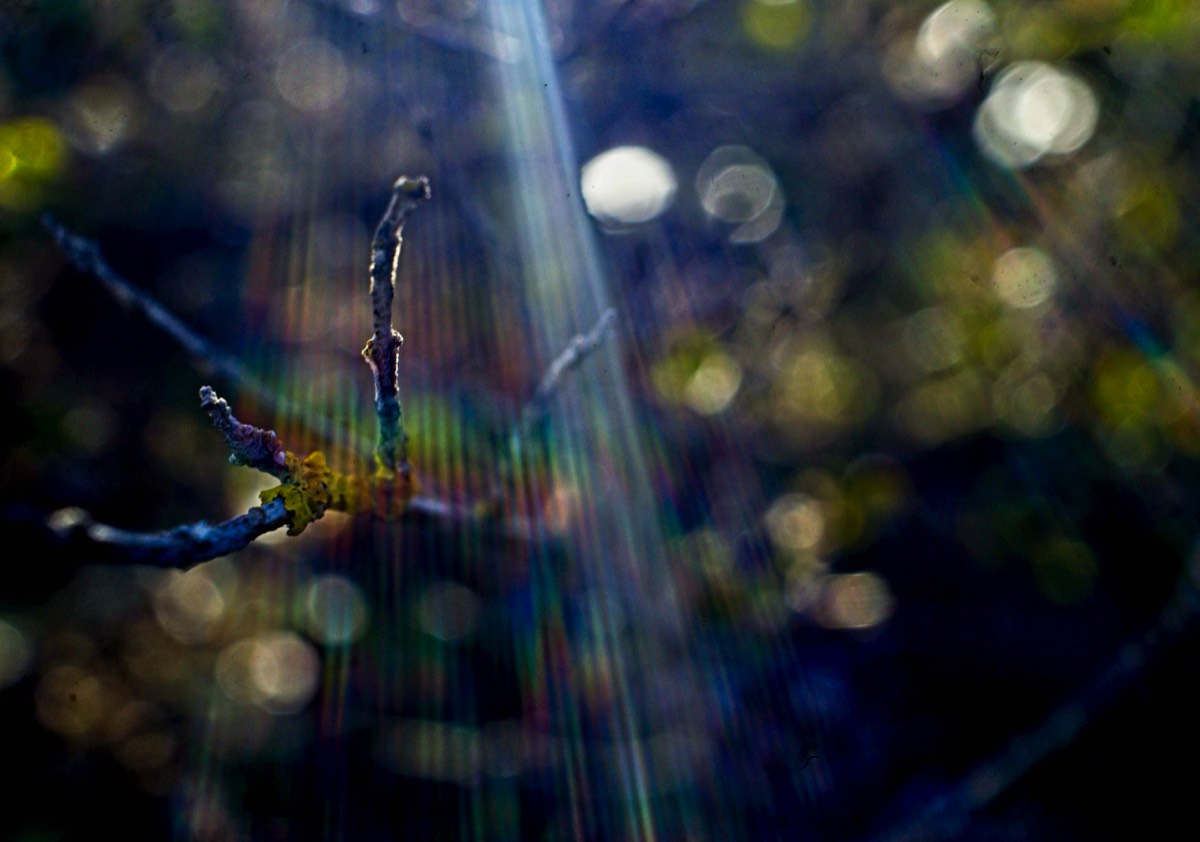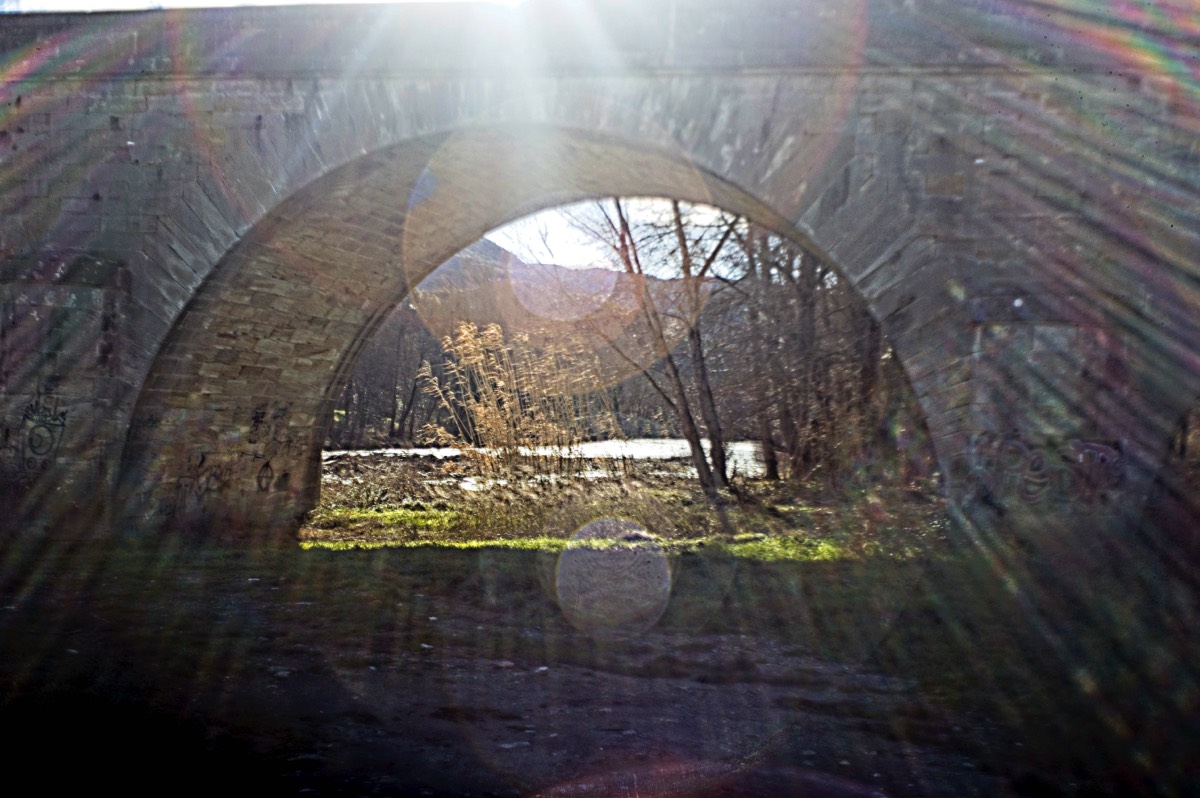Creating Lens FlareLens flare looks like a burst of light sometimes geometric and sometimes as lines of light, that appear in your photos near light sources and we have just discussed how to remove it. As we have seen lens flare is caused by the scattering of light and the reflection/refraction of light within the various glass elements of the lens. Flares manifest in two ways: visible artefacts of various shapes or a haze across the entire image. Modern lenses have multi-coated glass that remove almost every trace of lens flares they redesigned not to have lens flare although many cause a loss of contrast when the light source is in front of the camera which is why we use sunshades.
Many photographers believe that lens flare distracts from the main subject as if you have geometric spots all over your shot, you’re going to draw attention away from what matters, but for me, as a creative photographer I am interested in the whole composition and lens flare can be part of that composition. When used carefully, flare can offer a fantastic artistic result, and it can make for very creative photos.
Which is why it pays to learn not just how to remove it but how to produce and work with lens flare for maximum creative effect.
To achieve lens flare you need to:
- Remove the hood or shade.
- Point the lens at least somewhat toward the sun, if not directly into it.
- Experiment with aperture as it’s the aperture that takes over, and determines how the lens flare looks. The wider the aperture, the softer the flare. The narrower the aperture, the more hard-edged and starry the flare will become.
But one of the main factors is the choice lens and there are not many that achieve pleasing results as lenses have been designed to avoid the flare.
In my experience lenses with shorter focal lengths tend to be easier when trying to create artistic lens flare. Obviously lens coatings are not helpful, so older vintage lenses work best.
It is not Just the Lens
You can read much nonsense on the web about how this lens gives this type of flare and this lens another. I am reminded by a blogpost where someone had posted that folks needed to change the photographer not the lens! Whilst I would put it more subtly, many a truth is said in jest. The secret is to learn what to do.
If you can't fully control your camera and lens manually then do forget playing with lens flare. Even with the correct lens the right aperture, focus, ISO, distance to object and most important of all angle of the sun to the lens all play a part. Half a degree makes a big difference moving from stars, whiteout, bubbles and ovals to rays of light. You need to play with the settings well before trying to take a good image!
Taking images that you can move e.g. a flower, so that you can set up the best angle for the flare then position the flower is the easiest. Taking images of trees is hard as any shade will prevent the flare and taking images of things like a river is very hard as tou can't move the river closer to the sun so time of day, position of surrounding trees etc all play a part in preventing or helping the photographer. Many of the images on this site were taken whilst laying on the floor to get the correct angle!
Like all photography PATIENCE is a virtue.
Some folks add lens flare in the editing software but as someone who used the creative process when taking the image I can always tell if this has been done by the lighting on the subjects in the images and the size and type of flare. Enjoy the creative process when taking the image and then if you want to enhance by post processing techniques such as adding contrast at least the image with not just be a collage that anyone could achieve.
These images were taken with a Noflexar 35 f3.5. More images
HERE 